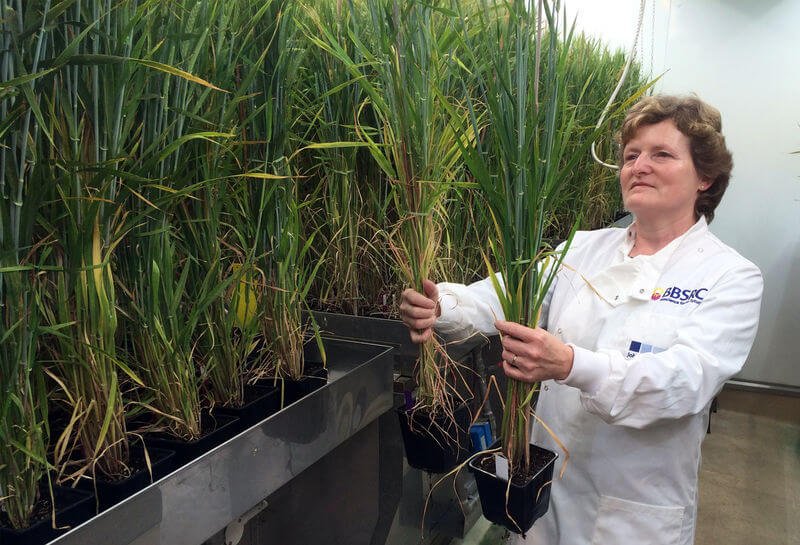If you need an idea of some aspects to emphasize, here are my comments:
Sustainable farming in the EU is critical; economic sustainability for EU farmers, and environmental sustainability for the limited agricultural land in the region. Keeping costs manageable for EU citizens and potentially bolstering agricultural exports or fostering less reliance on imports is important too. To meet these challenges, EU scientists should have full access to all technologies to produce safe and sustainable crops.
As a scientist in the USA I have hosted dozens of EU scientists that are frustrated by policy that restricts their research and their ability to produce solutions for their home countries. The current restrictions are arbitrary, not science based, and reflect the whimsy of political/ideological views over a scientific consensus.
My terminal degree is in molecular biology and I have followed genetic engineering since human insulin was created in microbes in the early 1980’s. Gene editing, the process using sequence-directed nucleases, is a revolutionary technology that has already had tremendous positive impacts in agriculture and medicine.
Briefly, in shaping a future EU policy the most important points to consider are:
1. Speed
Gene editing can often install the same genetic changes as plant breeding (making crosses), only it can be done on a scale of months rather than years/decades.
2. Precision
Gene editing can install genetic changes that underlie important traits (e.g. resistance to disease) that are known in plants broadly, but perhaps not present in that species. They would be impossible to incorporate with traditional breeding techniques.
3. Accountable effects
While gene editing is highly precise, it is prone to errors and off-target effects. However, our ability to sequence genomes provides a means to inventory the associated changes and assess them for risk, if they occur.
4. Sovereignty
The technology is simple and can stimulate new industry around regional crops, giving power to smaller EU companies and expanding seed invention/production away from a small, consolidated handful of multinational corporations.
5. Adaptability
Gene-trait associations are known to help plants mitigate the effects of temperature stress, salinity, flooding, etc. Being able to install these traits into established regional crop varieties will likely provide a rapid means to approach issues caused by climate change.
6. Rapid response
The emergence of new pests and pathogens requires a rapid means to adapt to new threats that cannot be achieved by traditional plant breeding.
7. Minimal risk
Gene editing techniques are much more precise than the well-accepted mutagenesis techniques currently allowed by the EU, and it can be done without introduction of foreign DNA, such as in the production of transgenic plants.
The EU has unique challenges that demand that all tools be considered in meeting future food security needs. To hamper the hands of the EU’s best scientists with arbitrary, emotional, non-evidence-based policy is a travesty, and will affect EU sustainability and seed choice in the near future.
It is critical to allow European scientists access to the same tools to genetically improve crops that other countries have available.
I’m very happy to answer your questions.
Signed,
Kevin M. Folta Ph.D.
Kevin M. Folta is a professor, keynote speaker and podcast host. Follow Professor Folta on Twitter @kevinfolta
A version of this article was originally posted on Kevin Folta’s blog Illumination 2.0 and is reposted here with permission.































